When the 2018 Dodge Challenger SRT Demon was launched back in April 2017, the Dodge//SRT brand boasted that the limited-edition 840-horsepower, supercharged 6.2-liter HEMI® Demon V8-powered muscle car was quick that it was “too fast for the strip” and banned by the National Hot Rod Association (NHRA). Although that was a clever gimmick from the American performance brand, the car was never banned from competition. Instead, it simply did not comply with NHRA rules due to the lack of safety for its NHRA-certified 9.65-second run.

In a rulebook change starting on March 1st, 2022, the NHRA made changes to its “Street Legal” category program to allow racers with 2014 to present Original Equipment Manufacturer (OEM) model year production cars to run as quick as 9.00-seconds and/or 150-mph (5.65 in 1/8-mile). In addition, racers with 2008 to 2013 OEM model year cars will still be permitted to run as quickly as 10.00-seconds and/or 135-mph (6.40 in 1/8-mile).
Thanks to vehicles like the 2018 Dodge Challenger SRT Demon and the new wave of electric cars like the Tesla Model S Plaid, newer high-performance cars have no problem running sub-10-second passes. In order to keep with the current trends, the NHRA has updated its rulebook for the Street Legal program to allow for a broader and more diverse range of vehicles from its racer base.

“Updating and improving the Street Legal program couldn’t come at a more crucial time for our industry and sport,” said Matt DeYoung, Tucson Dragway Track Manager. “We continue to see manufacturers make faster vehicles available right off the showroom floor while increasing features that couldn’t be overlooked anymore. NHRA along with the help and input of NHRA Member Tracks across the country have worked to improve and grow the experience and sustainability of this program for our Street Legal customers. We believe our racers will embrace these changes and it will grow our grudge racing and Street Legal Program while helping prevent faster OEM cars taking to the streets.”
As part of the ongoing effort to keep pace with current trends in the high-performance automotive industry, NHRA has announced several enhancements to the Street Legal program. The program will allow a broader and more diverse range of vehicles for the participants and give recognition to their on-track performance.

The new rule change also states that drivers must keep their vehicles with its unaltered OEM installed antilock brakes, OEM airbag functions, OEM stock frame or unibody construction, OEM floors and firewall, as well as all other OEM safety-related systems must be functioning as per manufacturer’s specifications. When it comes to tires, the new rule states that other tires can be used other than OEM – but they must be DOT-approved.
Those convertible vehicles that can reach a time quicker than 13.49 (8.25 in 1/8-mile) and those who run a T-top designed roof quicker than 11.49 (7.35 in 1/8-mile) must meet the Summit Racing Series roll-bar and roll-cage requirements.

An NHRA Level 6 license is required for drivers running quicker than 10.00-seconds (*6.39 in the 1/8-mile) or faster than 135 mph. A level 7 competition license is also available to racers whose elapsed times are above 10.00-seconds (6.40 in the 1/8-mile).
According to the NHRA, the sanctioning body will recognize racers at their local NHRA sanctioned track for their on-track performance with unique Street Legal decals. The decals will be able for racers at each 1/4-mile facility who break into the 13, 12, 11, and 10-second benchmarks (1/8-mile facility who break into the 9,8,7, and 6-second benchmarks). Those racers who break into the 9-second range in the 1/4-mile (5-second range in the 1/8-mile) at an NHRA sanctioned track and submit for an NHRA license application will receive an exclusive decal (only available with the Street Legal NHRA competition license), according to the new rules.

“Each year, automotive manufacturers continue to push the limits of performance by building production vehicles that are quicker and faster than the previous year’s models, “said Lonnie Grim, NHRA National Tech Director. “At NHRA, we very much support their commitment to performance and recognize that there is still a very large market for performance cars. At the same time, we acknowledge that NHRA needs to keep pace with the current trends, which is why we’ve announced these rules adjustments.”
“Under these new guidelines, owners of the Mustang Shelby GT500, Chevrolet Corvette ZR-1, Dodge Challenger SRT Demon, Tesla Model S Plaid, or other high-performance vehicles will have the ability to participate in and enjoy NHRA Street Legal racing events without making extensive modifications to their cars.”

The Street Legal category is reserved for both foreign and domestic OEM production-type vehicles (including trucks). While the use of aftermarket parts is accepted, all vehicles must be street driven, and drivers must carry state-issued proof of registration and valid insurance information. All vehicles must also display a valid license plate(s).
“I want to stress that these limitations are not restricted when it comes to the use of aftermarket bolt-on products and other modifications,” said Grim. “This simply states that vehicles racing under the Street Legal guidelines do have to meet the OEM safety system requirements as noted.”
To read the complete list of NHRA rules for the “Street Legal” category, you can visit the NHRA’s official rules page.
Source: NHRA

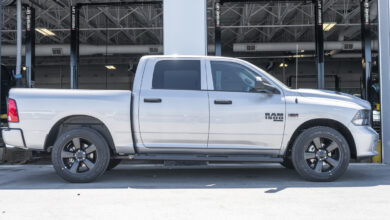
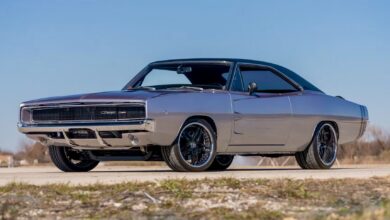
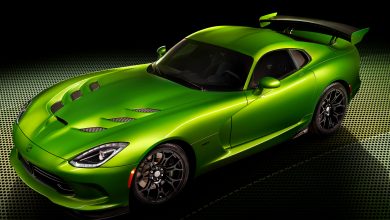
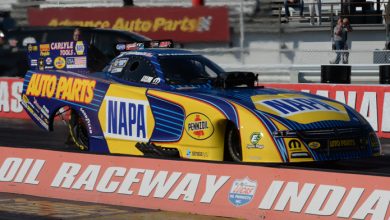
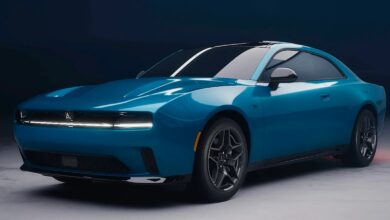
No replies yet
Loading new replies...
Join the full discussion at the Mopar Insiders Forum →